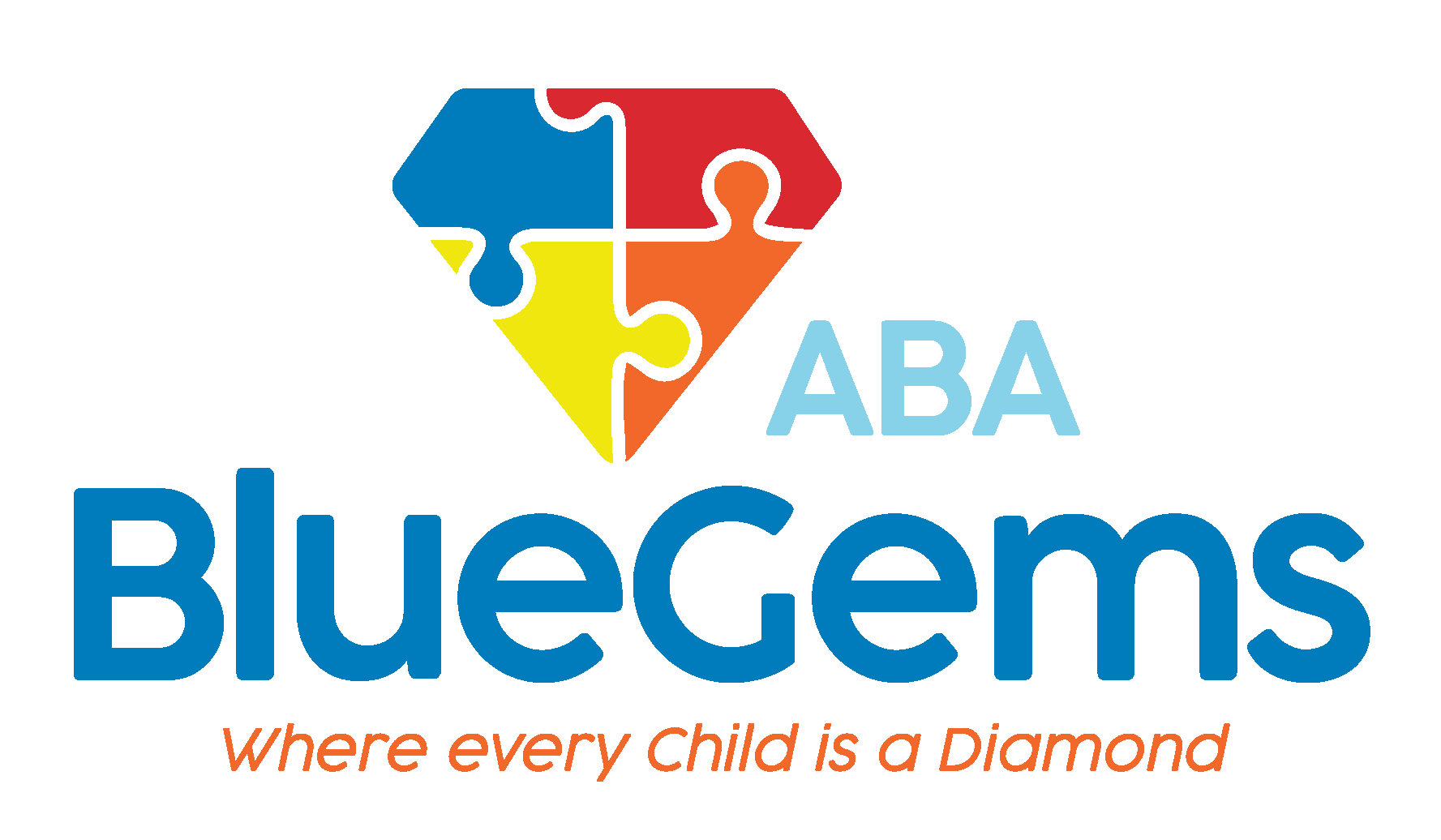
How to Help Grandparents Participate in ABA Learning
Parental and caregiver involvement is a key driver of success in applied behavior analysis (ABA therapy). The reason for this is quite simple: Parents and caregivers spend the most time with their children, so they need to know the strategies…
What Eye-Tracking Studies Reveal About Autism
Studying autism spectrum disorder (ASD) presents a unique challenge to researchers, since many children with autism face deficits in social interaction and communication. In other words, unlike with other groups of people, researchers may not…

Reinforcer Inventories in ABA
You may have heard that applied behavior analysis, or ABA therapy, is so effective because every treatment plan is customized to the individual patient’s unique strengths, challenges, needs and preferences.
This personalization is used…

Cultural Competence in ABA
Every individual who has autism spectrum disorder (ASD) is unique. While most people with autism share common characteristics and face common challenges, there are varying degrees to which they are affected.
Applied behavior analysis (ABA…

Why Reinforcement in ABA Fails (and How to Fix It)
Positive reinforcement is an integral part of applied behavior analysis (ABA therapy). It is used as a way to reward patients for successful attempts and completions of new tasks and behaviors that are being taught, as well keep them engaged…

